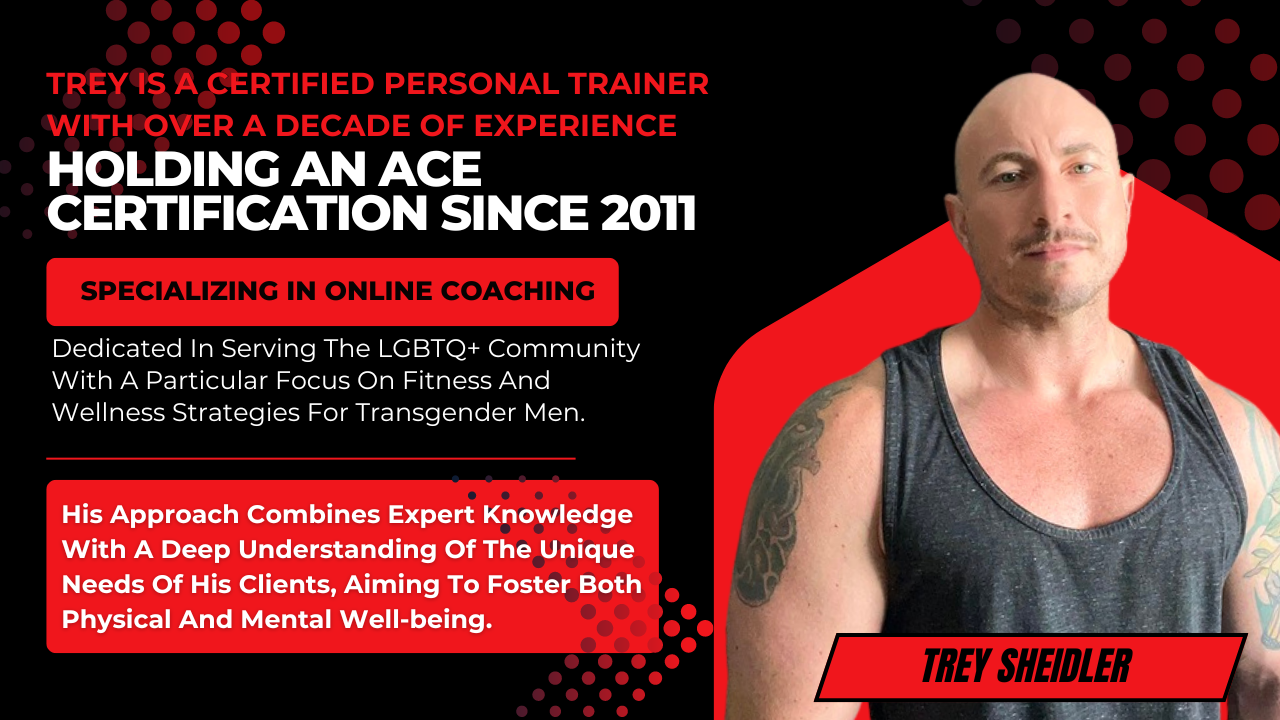Want a lower body that looks great and performs even better? Whether you're after muscle definition, strength, or better mobility, the right exercises make all the difference.
With over a decade of coaching experience, I’ve tested what actually works. This guide cuts through the noise to bring you the most effective moves for building strong, sculpted glutes and thighs—without wasting time on exercises that don’t deliver. Let’s get to it!
Table Of Contents:
- Understanding Butt and Thigh Muscles
- Effective Butt and Thigh Exercises
- Creating a Workout Routine
- Example Workout Routine
- Conclusion
Understanding Butt and Thigh Muscles
Before starting any exercise program, understand the targeted muscle groups. This knowledge maximizes muscle growth, helps prevent injuries, and improves workout productivity.
Glutes
The glutes consist of three main muscles: gluteus maximus, medius, and minimus. The gluteus maximus, the body's largest muscle, is essential for hip extension (like standing from a chair squat). It also contributes to overall lower body power.
The gluteus medius and minimus are vital for hip abduction and stability, crucial for daily movements.
Thigh Muscles
Your thighs contain powerful muscles responsible for various movements. These include the quadriceps (front of thigh) for knee extension. They also include your hamstrings (back of thigh) for knee flexion and hip extension. Your adductors (inner thigh) play a role in adduction and stability.
Your hamstrings are crucial for everyday activities. A 2022 study in Medicine and Science in Sports and Exercise showed focused strength training could improve hamstring activation and sports performance. Strong hamstrings contribute to stable knees, preventing injury.
Effective Butt and Thigh Exercises
Let’s explore effective butt and thigh exercises. These bodyweight exercises target all major lower body muscle groups for a holistic approach. We'll discuss proper form to maximize each rep while minimizing injury risk.
Warrior III
Warrior III improves balance, strengthens leg muscles (including glutes, thighs with alternating legs), and engages the core. For beginners, hold a chair for support while building stability. Try keeping your chest lifted, back straight, and toes pointed as you lift your left leg.
Squats

A fundamental butt and thigh exercise, squats should be included in any routine. Perform squats by lowering your hips as if sitting in a chair, keeping knees bent, and returning to a standing position with feet shoulder-width apart. Focus on engaging your abdominal muscles throughout the exercise.
No props are strictly necessary. Always warm up before squats and perform them at least twice a week.
Lunges

Lunges are excellent for strengthening your butt, thighs, and calves. Incorporate forward, backward (reverse lunge), and lateral lunges (like a lateral lunge or sumo squat) for complete muscle engagement. Try pulsing at the bottom of the lunge for an added challenge.
Glute Bridges

Glute bridges may seem simple, but they effectively target hamstrings, glutes (butt muscles), and core muscles. Lift slowly to maximize muscle engagement and hold for longer durations. Consider doing this while in plank position to tone your thighs even more.
A glute bridge is an excellent choice for bodyweight workouts and building lower body strength.
Creating a Workout Routine
Your workout frequency depends on your goals. Consider a 30-minute lower body workout twice a week, incorporating exercises like lunges, sumo squats, skater lunges, and chair squats. Leading leg and form significantly impact stability.
These are basic movements; more advanced variations exist. Before trying advanced poses, understand the proper form to prevent injuries. Consider working each leg separately for focused training.
Example Workout Routine
| Exercise | Sets | Reps |
|---|---|---|
| Squats | 3 | 10-12 |
| Lunges (each leg) | 3 | 10-12 |
| Glute Bridges | 3 | 15-20 |
| Warrior III (each leg) | 3 | 30-60 seconds hold |
This routine is a solid base for strength and toning. Beginners should start with two workouts per week and gradually increase. Avoid overexertion, and prioritize stretching. Consult your healthcare provider or physician before starting any new exercise program.
Conclusion
Achieving toned and strong butt and thighs requires effort and proper techniques. Whether your goal is muscle definition or overall strength, consistent butt and thigh exercises will help you reach those goals.
Before starting intense workouts, incorporate simple leg and hamstring stretches. Exercises like split squats, chair twists, and hip bridges effectively target hamstrings, quads, and inner and upper thighs. Many people also include skater lunges.
Research and consult a physician if you've been inactive for a while before starting a new butt and thigh workout routine. Building strength in these muscle groups goes beyond aesthetics—it enhances daily movement and overall fitness. So understanding these concepts is an important part of achieving a strong core, sculpted glutes, and well-defined thighs.



